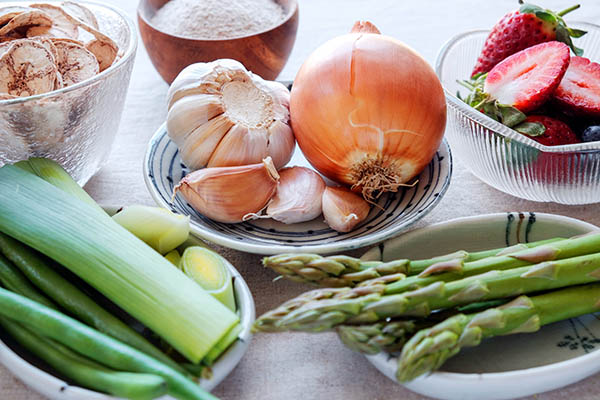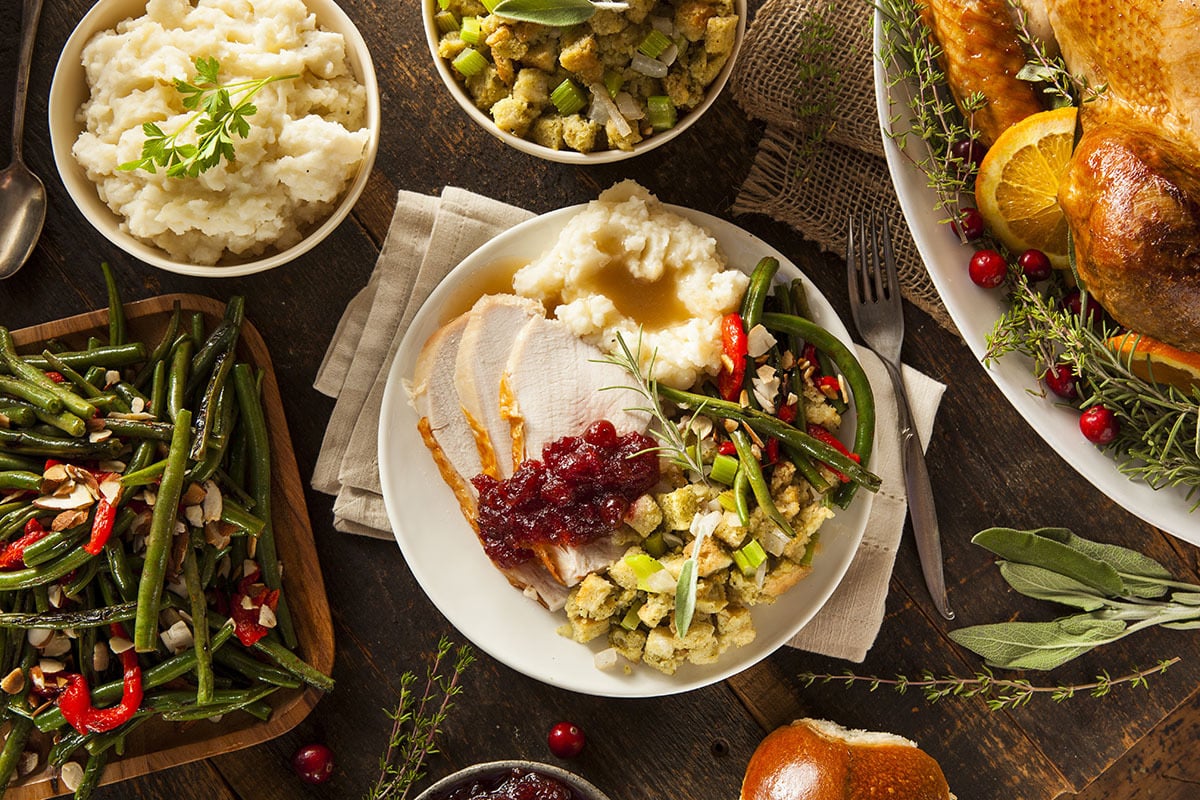Fascinating research continues to uncover the relationships between the bacteria in the gut and the function of numerous body systems. You’ve probably heard of the gut microbiome, also called gut microflora, which is the collection of bacteria that lives in the digestive tract. The microbiome helps regulate inflammation, protects you from bacterial and fungal infections, and forms short-chain fatty acids to help keep harmful invaders out of the gut.
Your gut bacteria play a significant role in your digestive health, cognitive function, mood, and energy levels. Your microbiome is also involved in nutrient processing, the development of vitamins B and K; and the health of your immune system.

A healthy microbiome is one that’s composed of a wide variety of bacterial species. Diversity in the microbiome protects against a number of health conditions, while less-diverse flora may increase the risk of those conditions.
Probiotic supplements and foods like kefir, kombucha, sauerkraut, and yogurt introduce healthy bacteria into the gut. But once the bacteria are there, how do you keep the microbiome healthy?
A thriving community of gut flora needs to be fed a nutritious diet, and that’s where prebiotics come in. Prebiotics are the food the bacteria in the gut consume to maintain optimal health.
Prebiotic foods are generally types of dietary fiber that can’t be digested by the body. Here are five of the best prebiotic foods, with tips on how to fit more of them into your daily diet.

1. Garlic
Garlic is a culinary staple for many cooks, and it promotes the growth of beneficial Bifidobacteria while preventing the growth of “bad” bacteria. Garlic may also help reduce the risk of heart disease, according to research, and it also has been shown to have antioxidant effects.
You can use garlic in practically any savory dish for added flavor and excellent prebiotic benefits. Sautee or roast it to tame the spiciness and mellow out the flavor. Add it to meat and vegetable dishes, soups, and stews.

2. Onions
Like garlic, you can add onions to nearly any dish, including your breakfast scrambled eggs, pasta dishes, soups, and stews. The prebiotic fiber in onions helps strengthen the gut flora and increase nitric oxide production in the body’s cells. Onions also contain powerful antioxidants that help fight diseases.

3. Asparagus
The prebiotics in asparagus promote healthy bacteria and have been shown to have anti-inflammatory properties. Roasted asparagus makes a great side dish for a lean protein, or you can add lightly steamed asparagus to salads and soups.

4. Bananas
Bananas make a quick and easy snack, and they’re fantastic in smoothies, sliced over cereal, and baked into bread. The prebiotic fiber found in bananas increases populations of beneficial bacteria and helps reduce bloating. Bananas are inexpensive, and they’re rich in vitamins and minerals.

5. Apples
Rife with fiber, apples are an excellent prebiotic source. The pectin in apples increases short-chain fatty acids that feed healthy gut bacteria and reduce the number of bad bacteria in the gut. Apples have also been shown to improve digestive health and boost fat metabolism.

Prebiotic Supplementation
Research shows that shifts in the composition of the microbiome may be associated with the development of inflammatory bowel disease, blood cancers, autism, and Alzheimer’s disease.
Especially as we age, it’s essential to make lifestyle choices that promote a healthy, balanced microbiome. Eating plenty of prebiotic and probiotic foods or taking supplements will help you maintain better health on many fronts.
A prebiotic supplement like Stonehenge Health’s Ultimate Prebiotic Complex helps to ensure you’re getting the daily prebiotic fiber you need for the healthiest possible gut microbiome. Ultimate Prebiotic Complex can help relieve digestive woes, increase your energy levels, and promote optimal absorption of nutrients for better overall health and vitality.
Sources:
https://www.bmj.com/content/361/bmj.k2179
https://www.ncbi.nlm.nih.gov/pmc/articles/PMC6041804/
https://www.ncbi.nlm.nih.gov/pmc/articles/PMC5797576/















